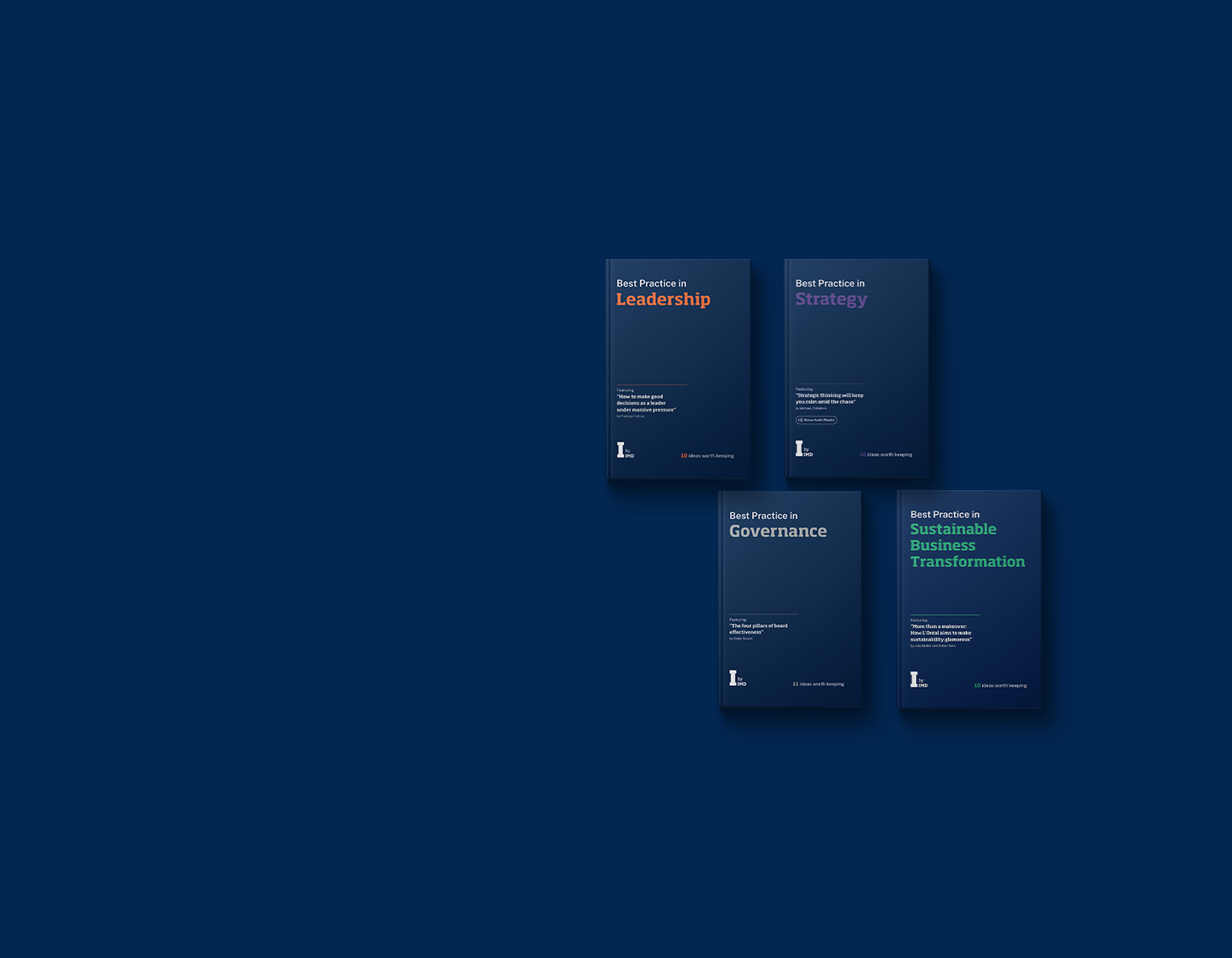Dr. Reddy’s: Medicine is for people, profits follow
This case describes the launching of a polypill at Dr. Reddy’s to help patients with a high risk of Cardio Vascular Disease (CVD) prevent a second heart attack or stroke. Called the Red Heart Pill (RHP), this combination pill included four therapeutic agents: One to lower cholesterol, the other two to lower blood pressure and a fourth, Aspirin, to thin out the blood. Taken together they were estimated to lower the risk of a second heart attack or stroke by 55%. The RHP was particularly attractive to treat the poor. At a treatment cost of just US$ 25 a year, the RHP was expected to make a major dent in lowering CVD-related deaths and disabilities in India. Dr. Reddy’s had completed clinical trials to launch the pill in India and international clinical trials were under way to launch the pill in other markets. The company also hoped to introduce a variant of the pill for primary prevention, helping patients with a low to moderate risk of CVD avert a first heart attack or stroke. The case details the many dilemmas that the top management team of Dr. Reddy’s faced in pursuing the RHP project. The active ingredients in the RHP were generic drugs; and yet, because the combination had never been offered before, the RHP had to go through clinical trials to prove its bioequivalence to each of the constituent drugs. The RHP also had to be marketed to physicians and could be sold only through a prescription. The added R&D and marketing costs had to be recouped through the price of the RHP, although this price had to be closer to generics prices. In addition, it would be hard to get a patent for the RHP. Here was a pill that was neither a new discovery drug nor a straight generic. Shaping a strategy for it was demanding and yet if the RHP could be launched successfully, there would be several other opportunities for a combination pill to treat other chronic diseases like depression and osteoarthritis.
The case is a good vehicle to discuss the changing landscape of the global pharmaceutical industry which is faced with the simultaneous challenge of a thinning new product pipeline and increasing pressures from government regulators and third party payers to cut costs. Projects like the RHP at Dr. Reddy’s provide examples of the new business models (and the dilemmas that underlie them) that industry leaders would have to consider. The case also provides an excellent background from which to profile effective social entrepreneurs, such as the executive in charge of the RHP, Raghu Cidambi.
2003 - 2009
Cranfield University
Wharley End Beds MK43 0JR, UK
Tel +44 (0)1234 750903
Email [email protected]
Harvard Business School Publishing
60 Harvard Way, Boston MA 02163, USA
Tel (800) 545-7685 Tel (617)-783-7600
Fax (617) 783-7666
Email [email protected]
NUCB Business School
1-3-1 Nishiki Naka
Nagoya Aichi, Japan 460-0003
Tel +81 52 20 38 111
Email [email protected]
IMD retains all proprietary interests in its case studies and notes. Without prior written permission, IMD cases and notes may not be reproduced, used, translated, included in books or other publications, distributed in any form or by any means, stored in a database or in other retrieval systems. For additional copyright information related to case studies, please contact Case Services.
Research Information & Knowledge Hub for additional information on IMD publications
Academic institutions face unprecedented complexity from technological change, evolving funding models, diverse stakeholder demands and pressure to demonstrate societal impact. Traditional strategic planning – periodic exercises that typically yie...
Research Information & Knowledge Hub for additional information on IMD publications
Research Information & Knowledge Hub for additional information on IMD publications
in I by IMD
Research Information & Knowledge Hub for additional information on IMD publications
in I by IMD
Research Information & Knowledge Hub for additional information on IMD publications
Research Information & Knowledge Hub for additional information on IMD publications
Research Information & Knowledge Hub for additional information on IMD publications
Research Information & Knowledge Hub for additional information on IMD publications
in I by IMD
Research Information & Knowledge Hub for additional information on IMD publications
Research Information & Knowledge Hub for additional information on IMD publications
in I by IMD
Research Information & Knowledge Hub for additional information on IMD publications










